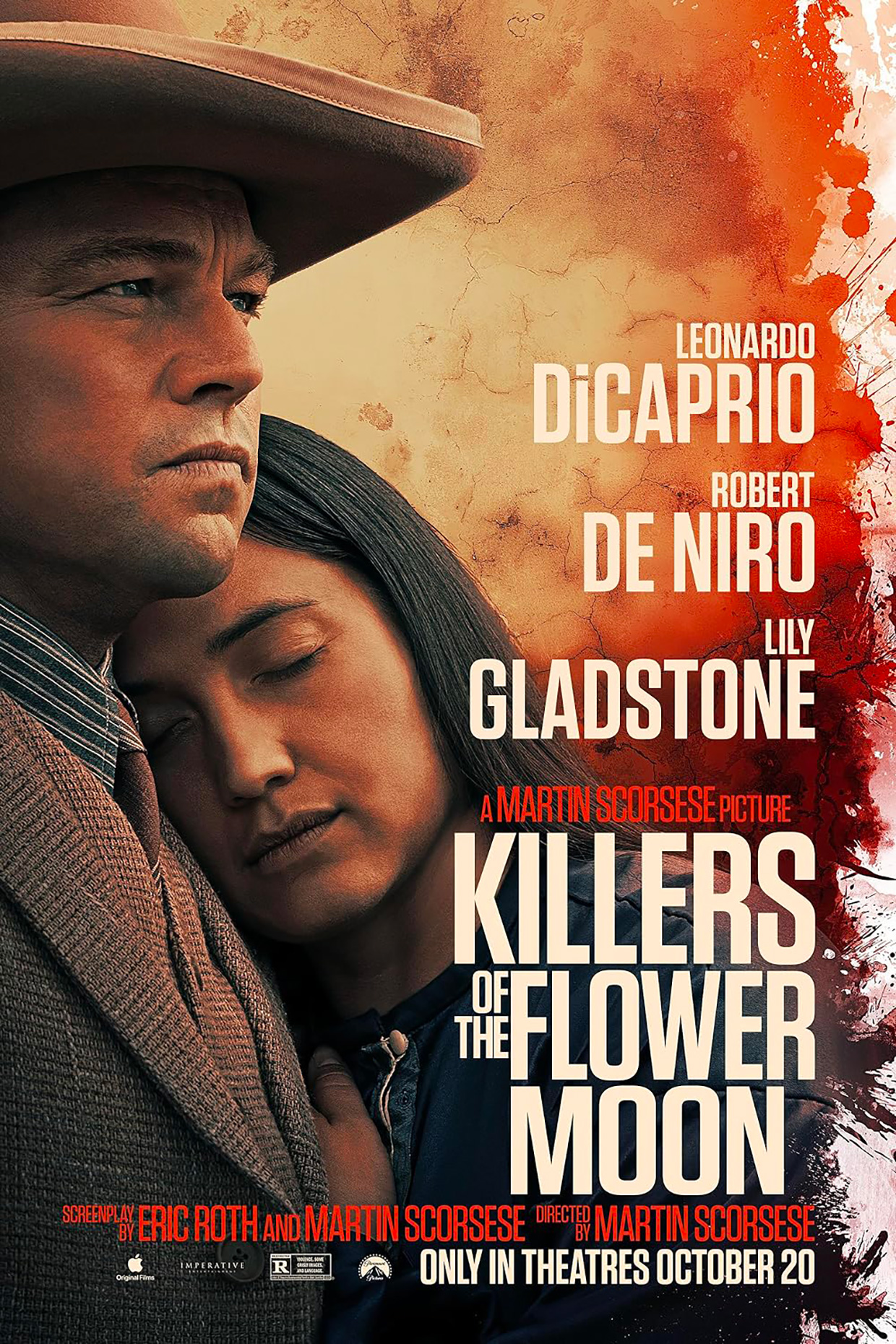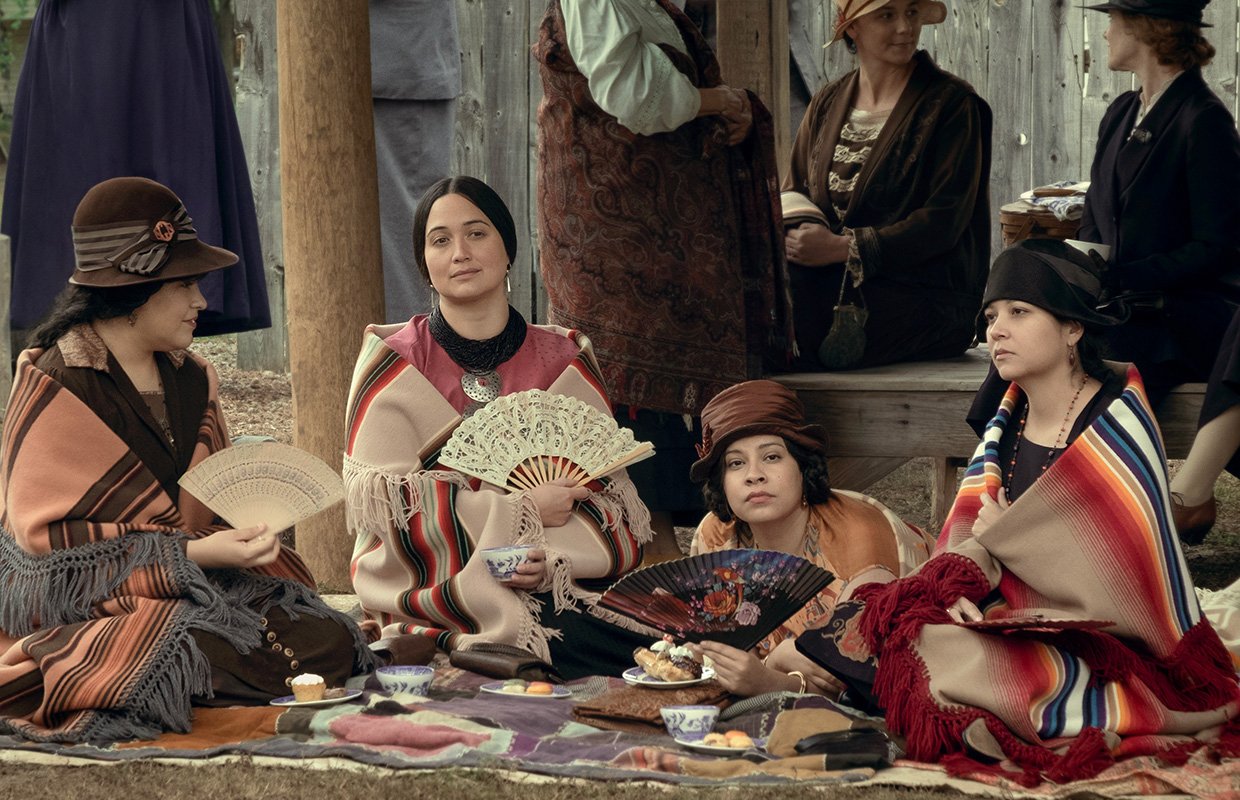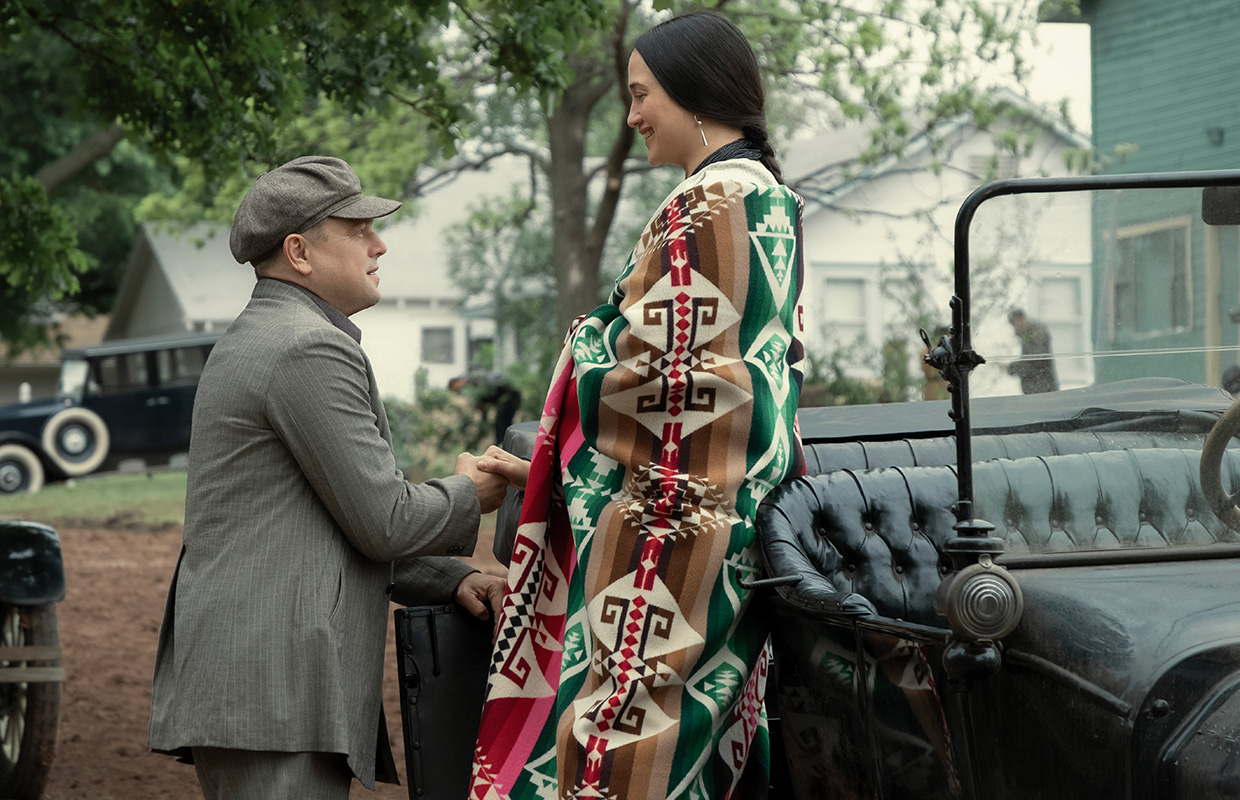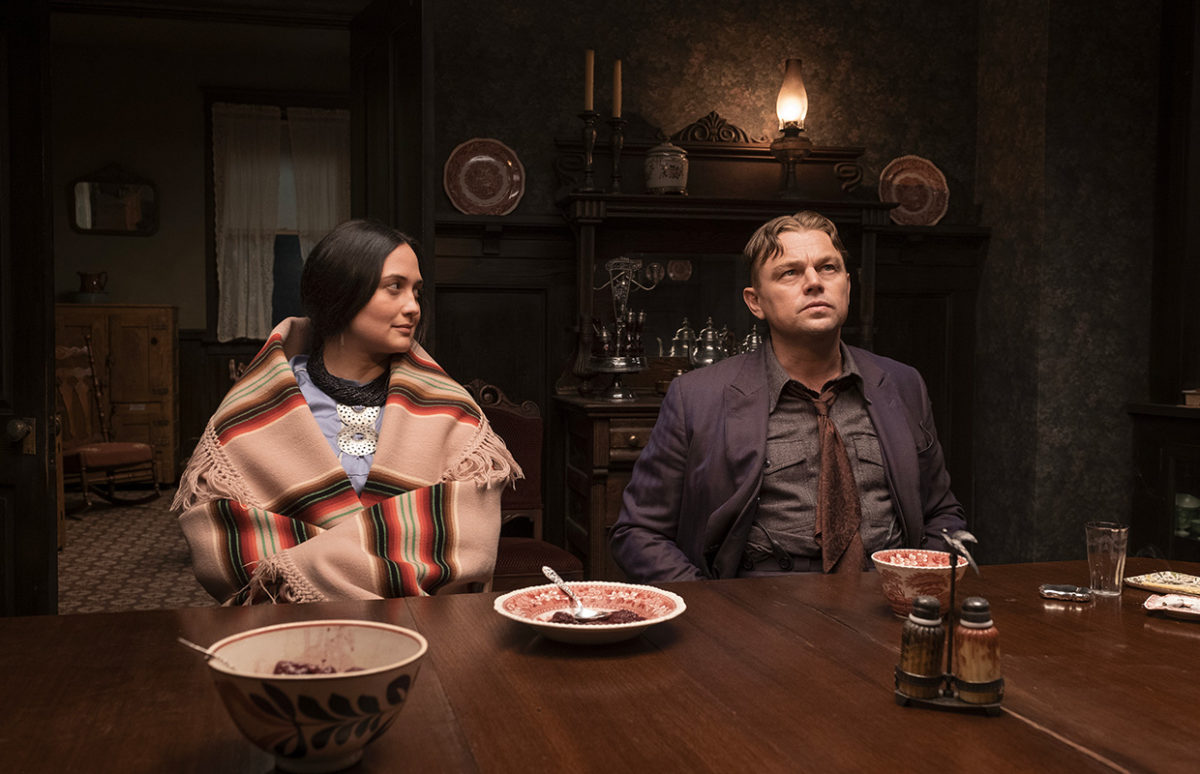Based on the best-selling book by David Grann, Killers of the Flower Moon, directed by Martin Scorsese, delves into a dark chapter of American history. The story unfolds in 1920s Oklahoma, where a series of mysterious murders takes place in the Osage Nation's reservation. Starring Leonardo DiCaprio, Robert De Niro, and Lily Gladstone, the film explores themes of greed, power, and justice.

Killers of the Flower Moon is not just a film but a journey into a forgotten chapter of American history, as seen through the Scorsese's lens. The film is an adaptation of David Grann's book Killers of the Flower Moon: The Osage Murders and the Birth of the FBI which explores the true story of this series of murders also known as the Osage "Reign of Terror", that occurred in the Osage Native American Nation of Oklahoma during the 1920s
Main characters
The Burkhart family, particularly Mollie Burkhart (Lily Gladstone), is central to the story. Mollie Burkhart was an Osage woman whose family members were victims of the murders, and her personal connection to the case is a significant part of the narrative. Ernest Burkhart (Leonardo DiCaprio), a white man, was married to Mollie. The film explores his involvement and his role in the broader conspiracy to murder Osage tribal members and family members to gain control of their oil rights . William Hale (Robert De Niro), also known as "King of the Osage Hills", was Ernest's uncle and a prominent figure in the real-life events depicted in Killers of the Flower Moon. He was a wealthy and influential rancher and businessman in the Osage. Hale played a central role in the conspiracy. Tom White, meanwhile, was a former Texas Ranger who was hired by the newly formed Federal Bureau of Investigation (FBI) to investigate the Osage murder cases. He was one of the key investigators.

Wealth from Oil
In the early 20th century, the Osage Nation became incredibly wealthy due to the discovery of oil beneath their land. The tribe members received royalties from oil drilling, making many of them millionaires at a time when their wealth was virtually unparalleled. In response to the wealth, the U.S. government implemented a "guardianship system" that appointed white guardians to manage the finances of Osage individuals deemed incapable of managing their wealth themselves. This system made the Osage more vulnerable to exploitation.


Starting in the early 1920s, Osage tribe members began to die under mysterious and suspicious circumstances. Many were poisoned, shot, or died in other violent ways. These deaths were often ruled as accidents or natural causes, and the true causes of death were hidden. It became evident that some white guardians and unscrupulous individuals were behind these murders, as they sought to gain control of the Osage wealth. Some victims were targeted for their headrights, which entitled them to a share of the oil revenue. The “reign of terror” instilled fear and paranoia within the Osage community. Many tribal members were afraid to speak out or seek justice for their loved ones.
The newly formed Federal Bureau of Investigation (FBI), led by J. Edgar Hoover, became involved in the case. Agents began investigating the murders and the broader corruption and conspiracy behind them. Several individuals were convicted and sentenced for their roles in the murders, and the Osage community began to see some justice. However, not all the perpetrators were held accountable. The Osage Indian murder investigations represented one of the FBI's earliest major cases and led to important changes in federal laws regarding guardianship, mineral rights, and inheritance among Native Americans.
The legacy of these murders has had a profound impact on the Osage Nation, shaping their collective memory and influencing their legal and political strategies in the years that followed. The Osage Indian murders serve as a sombre reminder of the systemic injustices faced by Indigenous peoples and the ongoing struggle for justice and autonomy within the United States.
Following the release of Killers of the Flower Moon, Martin Scorsese is already planning his next film, The Wager, which will also be based on a David Grann novel The Wager: A Tale of Shipwreck, Mutiny and Murder, and it will again star Leonardo DiCaprio. The director and actor have been working together since the early 2000s, with their first collaboration being 2002's Gangs of New York. Before Killers of the Flower Moon, the actor went on to star in four other feature films by Scorsese: The Aviator, The Departed, Shutter Island, and The Wolf of Wall Street.
With Robert De Niro, Scorsese has made some of the most iconic films in history, including Taxi Driver (1976), Raging Bull (1980) and Goodfellas (1990). They reunited on The Irishman (2019), after DiCaprio had formed his own prolific working relationship with Scorsese.

Copyright(s) :
© 2023 Paramount Pictures - All Rights Reserved
Tag(s) : "American cinema" "David Grann" "FBI" "First Nations" "J. Edgar Hoover" "Killers of the Flower Moon" "Leonardo DiCaprio" "Martin Scorsese" "movies" "Native Americans" "Osage" "Robert De Niro"






